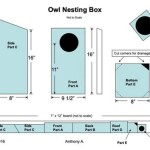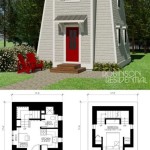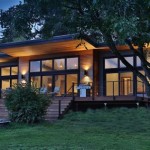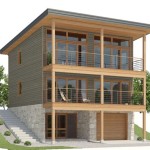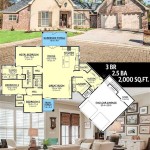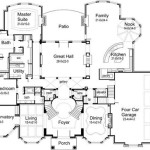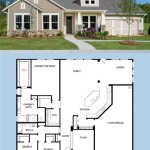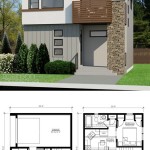When it comes to designing a guest house, the possibilities are endless. From a luxurious retreat to a cozy cabin in the woods, a guest house can be a great way to make a home away from home for your guests. But when it comes to creating a design plan for a guest house, it’s important to consider the needs of your guests and the environment in which you will be building. Here are some tips to help you create a guest house design plan that will make your guests feel welcome and comfortable.
1. Choose a Location
The first step in creating a guest house design plan is to choose the right location. Whether you want to build a cabin in the woods or a modern-style retreat on the beach, the location of your guest house will have a significant impact on the design. Consider the climate, local regulations, and the surrounding area to ensure that the location is suitable for the type of guest house you are hoping to build.
2. Consider the Layout
When it comes to designing a guest house, the layout is key. Consider how much space you need, how many rooms you will need, and what types of amenities you would like to include. Think about how you want to use the space and how you want to divide it up. For example, if you are looking to create a retreat for your guests, you might want to include a kitchen, living room, bedroom, and bathroom in the design. If you are looking to create a cozy cabin in the woods, you might want to include a kitchenette, bedroom, and bathroom. Whatever layout you choose, make sure it meets the needs of your guests.
3. Select the Right Materials
When it comes to creating a guest house design plan, the materials you select will have a major impact on the overall look and feel of your design. Consider the environment in which you are building, local regulations, and the style of your guest house to ensure you select the right materials. For example, if you are building a cabin in the woods, you might want to use natural materials such as wood and stone. If you are building a modern-style retreat on the beach, you might want to use materials such as concrete, glass, and steel.
4. Incorporate Sustainability
When creating a guest house design plan, it’s important to consider sustainability. Incorporate sustainable materials and energy efficient features into your design to ensure that your guest house is as eco-friendly as possible. For example, you might want to use solar panels to provide power to the guest house, or you could use recycled materials in the construction. By incorporating sustainability into your design plan, you can ensure that your guest house is both stylish and eco-friendly.
5. Plan for the Future
When creating a guest house design plan, it’s important to plan for the future. Consider how your guest house will evolve over time and plan for any changes that might need to be made. For example, if you plan to add on to the guest house in the future, you might want to include space for expansion in the initial design. By planning for the future, you can ensure that your guest house is able to grow and evolve with your needs.















Related Posts

